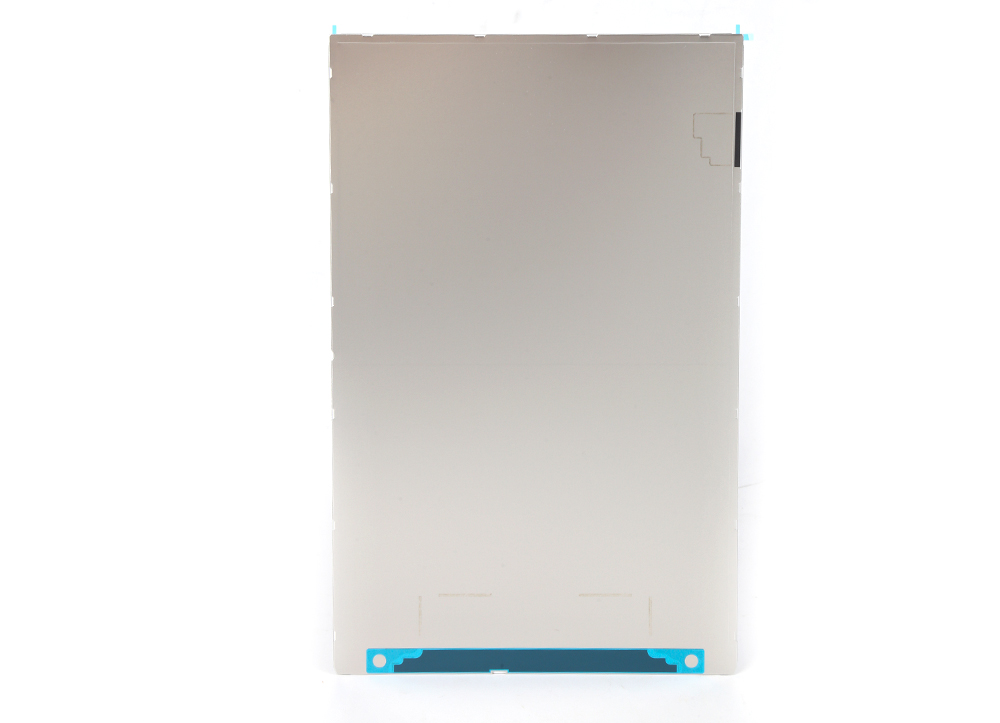Time:2022-11-24 Preview:
Working principle of metal powder coating
The final spraying adopts the electrostatic spraying principle to adsorb the dry powder on the metal aluminum profile at the spraying position. After baking at a high temperature above 200 ℃, the powder is solidified into a solid bright coating with a thickness of about 60 microns. Make the product surface smooth and uniform in color. It has strong acid resistance, alkali resistance, impact resistance and wear resistance. It can withstand strong ultraviolet ray and acid rain for a long time, and the coating will not fall off. The service life of powder coated aluminum profiles under normal conditions is 30 years. The surface coating is guaranteed to be free from fading, discoloration and cracking within 5-10 years. Its weather resistance and corrosion resistance are superior to the color diversity of ordinary aluminum.

Advantages and disadvantages of metal powder spraying
1。 The surface of iron castings is rough and dry, and spray painting can not level this defect, while the thickness of powder spraying is thick, which can effectively fill and repair the defects of some parts;
2 The iron casting itself has many pinholes, which are easy to cause pinholes or bubbles when painting. If the hot plastic powder is sprayed at an appropriate temperature, this defect will be improved a lot;
3. Iron casting powder spraying corrosion resistance
 Related News
Related News·What are the applications of large CNC machining centers? ·Introduction to CNC system software ·What are the contents of process analysis for part drawings in CNC machining? · Structure and characteristics of CNC machining ·The structure and application of the Longmen Processing Center ·What are the requirements for the storage environment of aluminum alloy castings ·CNC processing advantages and disadvantages ·CNC lathe process code ·What skills do you need to master in CNC machining of aluminum alloy ·How to choose stamping oil during precision hardware processing?


